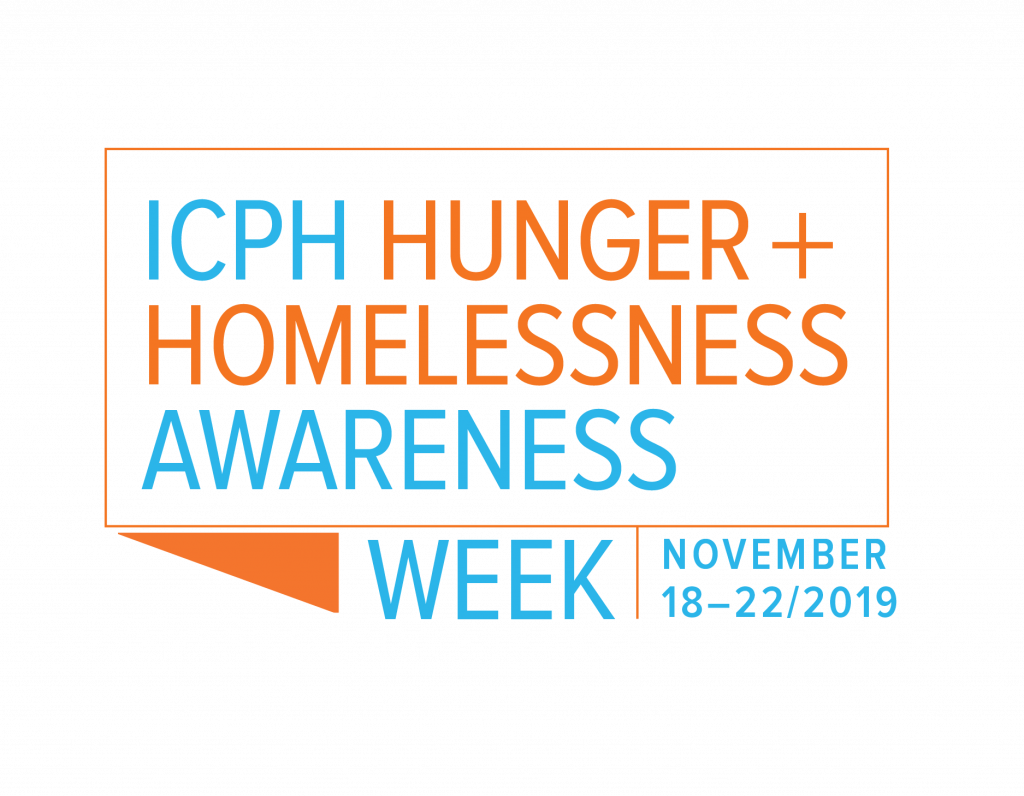How do student homelessness and food insecurity intersect in my state?
For homeless children, hunger is one of many challenges that affects their ability to learn and live healthy lives. Unfortunately, both housing instability and food insecurity are a reality for children across America. The map below illustrates the prevalence of student homelessness and food insecurity throughout the United States, drawing attention to two main resources available to combat the harmful effects of homelessness (McKinney-Vento funding) and hunger (free lunch eligibility). Slide to the right to explore student homelessness rates and McKinney-Vento allocations per homeless student for each state, and to the left to explore food insecurity rates for children and percentage of students eligible for free lunch per state.

Are McKinney-Vento resources sufficient to support homeless students in every state?
While student homelessness was prevalent in every state, McKinney-Vento funding was relatively low throughout the United States. Funding allocations per homeless student were surprisingly low in New York State and the West coast, where the highest rates of student homelessness exist. Conversely, McKinney-Vento funding per student was highest in states that reported smaller rates of student homelessness, such as Iowa, Nebraska, and Wyoming. However, even in Rhode Island—the state with the highest McKinney-Vento funding per student—there was less than $200 available per homeless student in SY 2016–17. Washington State had the lowest allocation per homeless student (about $25).
Are food insecure children in every state receiving the support they need?
As with homelessness, child food insecurity was widespread across America. Throughout the country, the percentage of students receiving free school lunches was higher in states with high rates of child food insecurity. These states with high rates of food insecurity and free school lunch eligibility were concentrated in the southern part of the U.S. Although food insecurity rates were lower in New York State and in the West, these states accounted for the highest numbers of food-insecure children.
What is the relationship between student homelessness and hunger in each state?
While it may be expected that child food insecurity and homelessness follow similar geographic patterns, this map does not support that trend. This may be in part due to the way in which food insecurity rates are calculated—high food insecurity rates are not always indicative of a high number of food insecure children. In addition, it is possible that states with high food insecurity and low student homelessness rates are under-identifying homeless students. Nevertheless, it is clear that hunger and homelessness are pressing realities affecting the lives of children across America.

Click here to see other resources on hunger and homelessness.